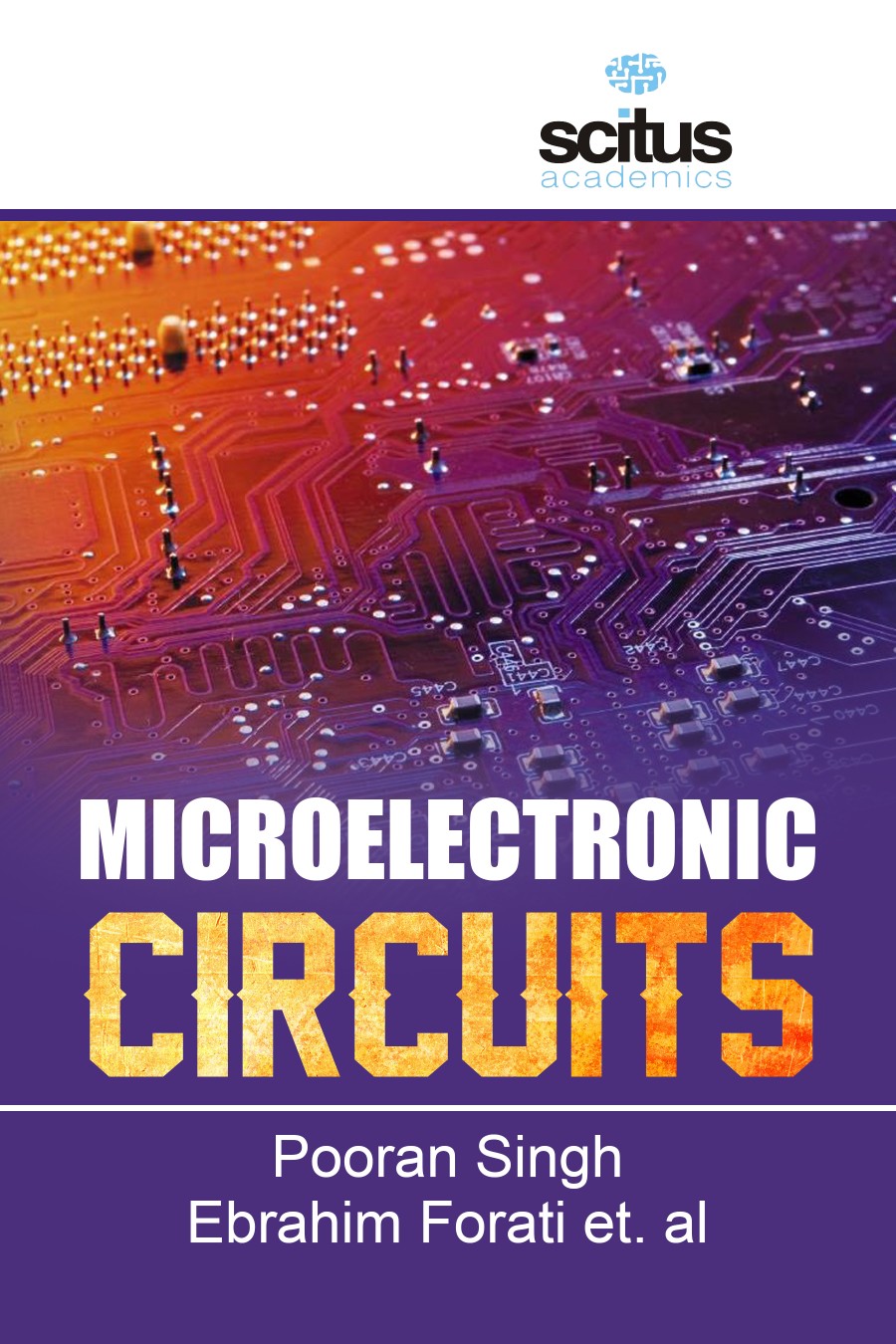Over the past five decades, microelectronics has transformed our lives. While beyond the realm of possibility a few decades ago, cell phones, digital cameras, laptop computers, and many other electronic products have now become an integral part of our daily interactions. As we learn how each device operates, how devices contain circuits that perform interesting and useful functions, and how circuits form sophisticated systems, we begin to see the beauty of microelectronics and appreciate the reasons for its explosive growth. In the field of microelectronics, many of the early low dielectric materials have been satisfactory in covering the required properties. But as the microelectronics industry continuously boomed through the 21st century, more and more advanced processes and materials have been in demand. Since the invention of microprocessor, the number of active devices on a chip has been exponentially increasing, approximately doubling every year, famously forecast by Gordon Moore in 1965. All of this is driven by the need for optimal electrical and functional performance.
Microelectronic Circuits is intended to present comprehensive coverage on research and applications of microelectronic systems, circuits, and emerging technologies. It is dedicated to advanced engineering methods for micro- and nanofabrication of electronic devices, circuits and systems for electronics, electromechanics, and bioelectronics. It covers the physical, technological, and some VLSI and ULSI circuit-technical aspects of microelectronics and nanoelectronics. The main challenge for researchers in the microelectronic industry is not to develop materials with the lowest dielectric constant, but to find materials that satisfy all of the electrical, thermal, chemical, and mechanical properties required for optimal device performance.
This serves as valuable guide for specialists at research institutes, universities, and other educational institutions; for graduate students; and for those working at industrial laboratories.













